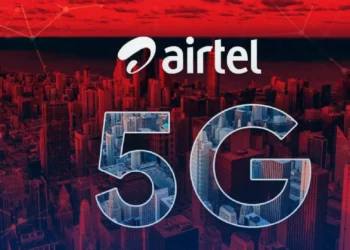The purpose of this note is to estimate the additional cost to deploy 5G in the 26 GHz band in light of the recent DoT proposal (dated 6th Oct 2019) – calling for a reduction in the maximum power of the 5G BTS from 60 dbm (normal capability) to 37 dbm (7 dbw). DoT has proposed this reduction with an intent to protect the ISRO satellites (likely to operate in this band) from possible interference from the 5G BTS deployed on the ground. As regards this note, I will only focus on estimating the impact on the cost and leave the merit of issues for a separate note, OR you can refer to my earlier note (which is a little outdated as regard to issue no.1) titled “DoS stance will prevent the rollout of 5G in India“.
Analysis
The analysis is actually very simple. Normal 5G BTS transmits at 60 dbm (including antenna gain) in a 200 MHz block of spectrum. Now, the proposed power restriction will force the BTS to transmit at 37 dbm. The difference is 23 dbm (60 – 37=23). As a thumb rule, a difference of 6 dbm will translate to double the number of sites. Now a 23 dbm will increase the multiplier factor to 16 (=2^4). Thus an operator has to deploy 16 times the number of sites to ensure the same coverage with such power restrictions in place. Note that this does not estimate the cost implication on account of regulating the antenna tilt of the BTS. DoT has proposed that the antennas of 5G BTS have to forcefully down-tilted.






